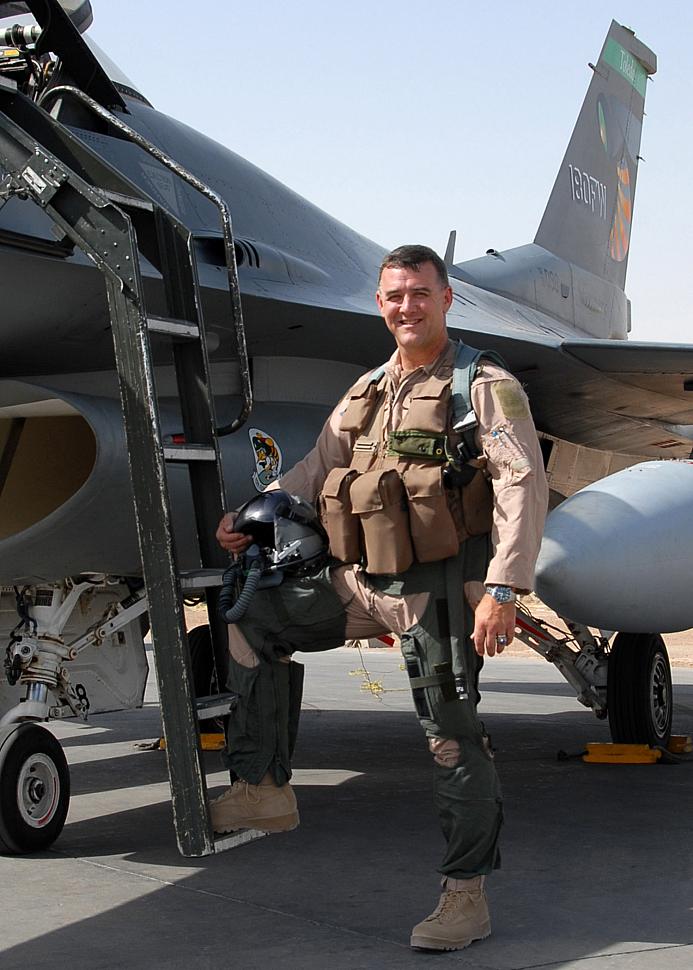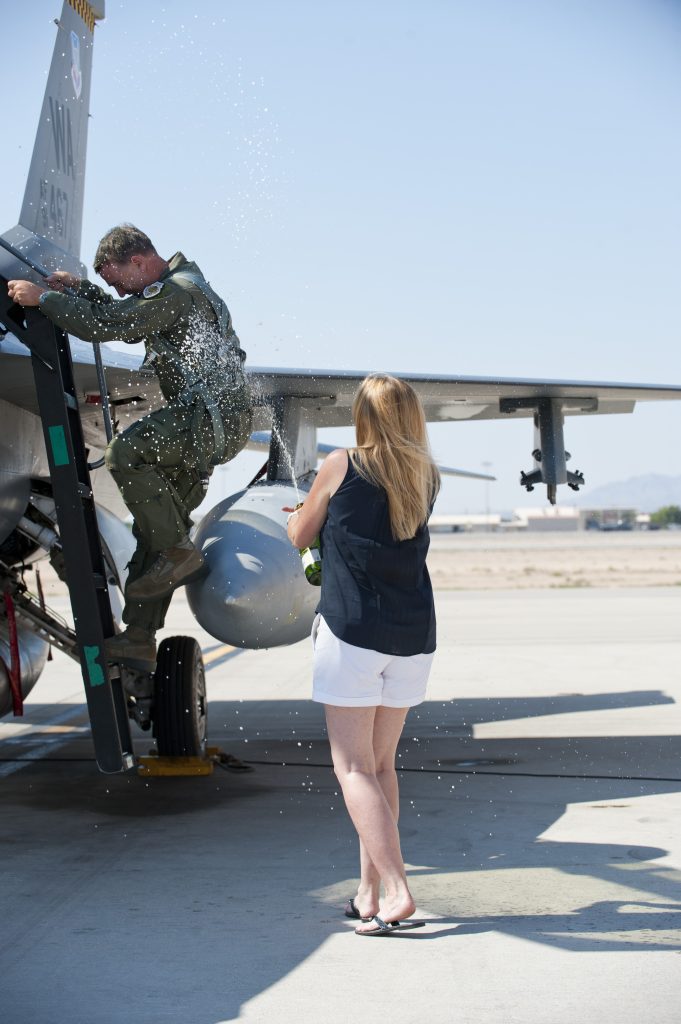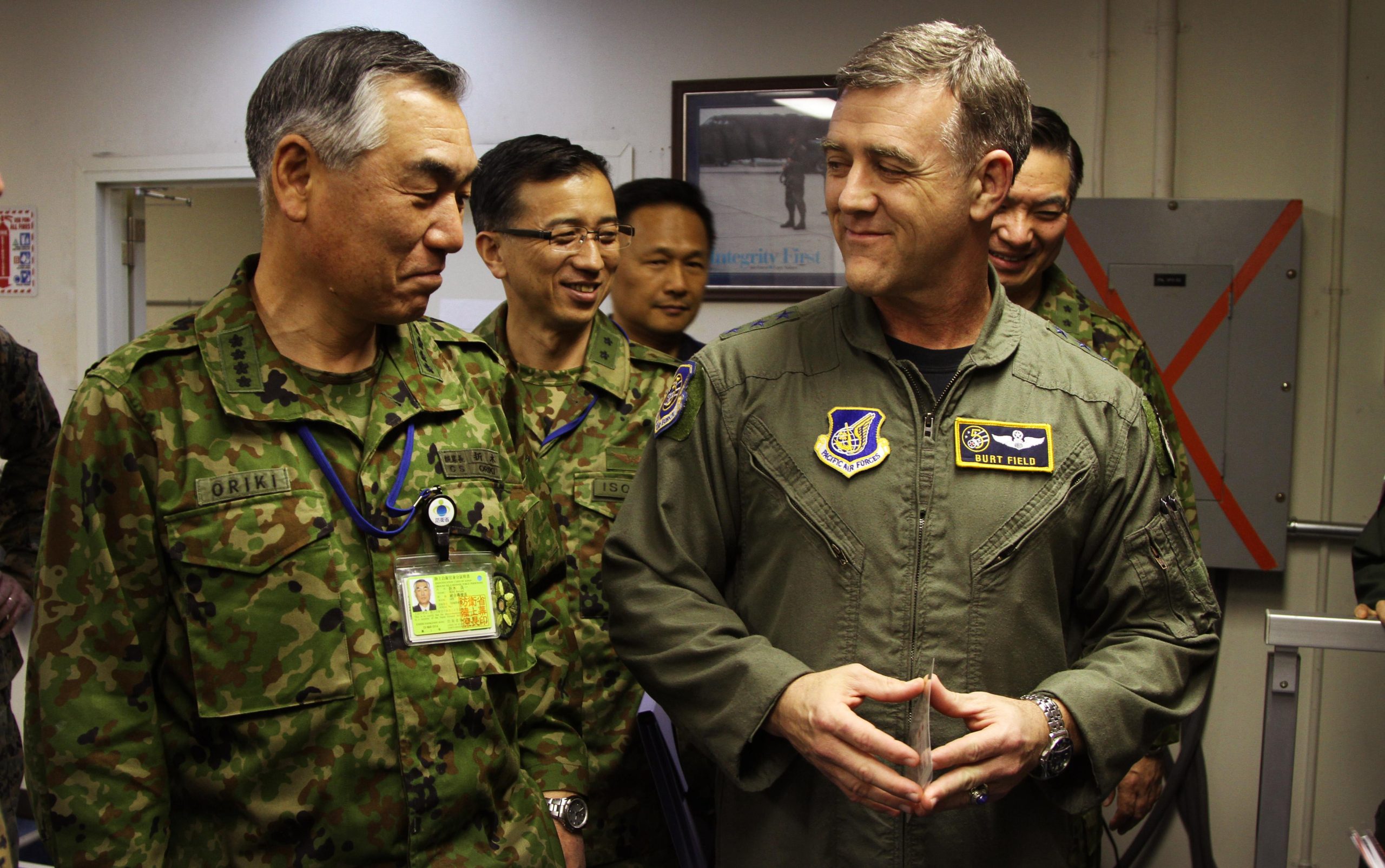Our New President & CEO’s 3 Key Visions for AFA
April 30, 2024 | By Patrick Reardon
After 35 years of Air Force service and 3,400 hours flying F-16s and F-22s, Lt. Gen. Burt Field retired in 2015 as Deputy Chief of Staff for Operations, Plans, and Requirements. After a stint as the Vice President of Strategic Planning for Lockheed Martin Aeronautics, he retired again—until 2024, when the Air & Space Forces Association, the nation’s largest independent nonprofit association dedicated to air and space power, tapped him to be its next President & Chief Executive Officer.
“There are not a lot of things that could take me out of retirement. But this was it,” Field said.
Field took AFA’s helm on April 1. As the organization’s 113,000-plus members and 200 chapters head into an exciting new phase under his leadership, here are three things they should know about his vision for AFA.
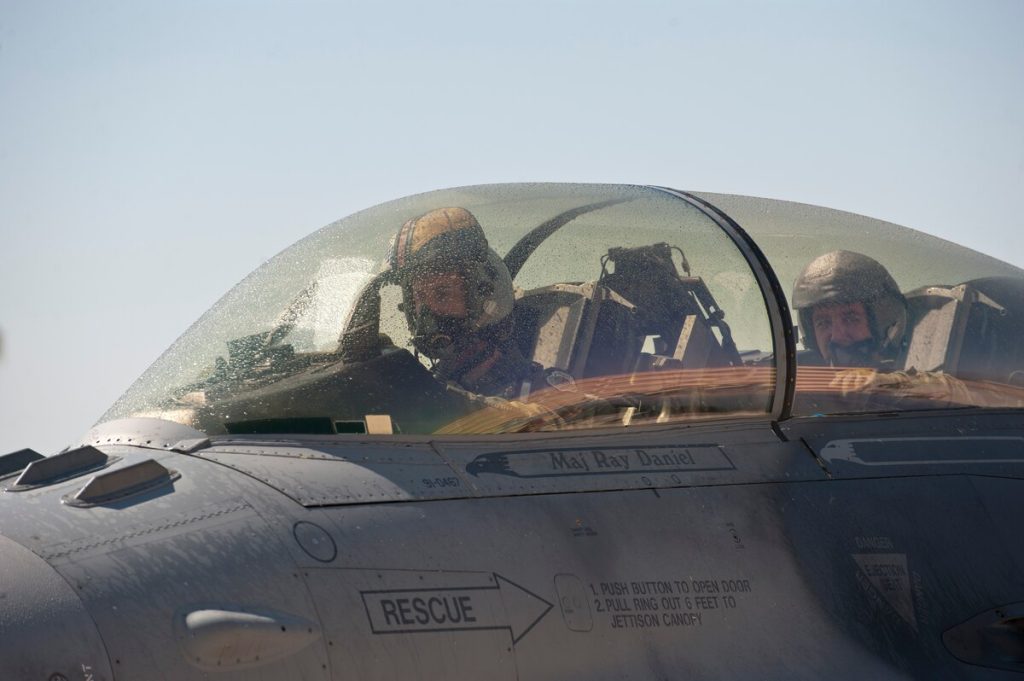
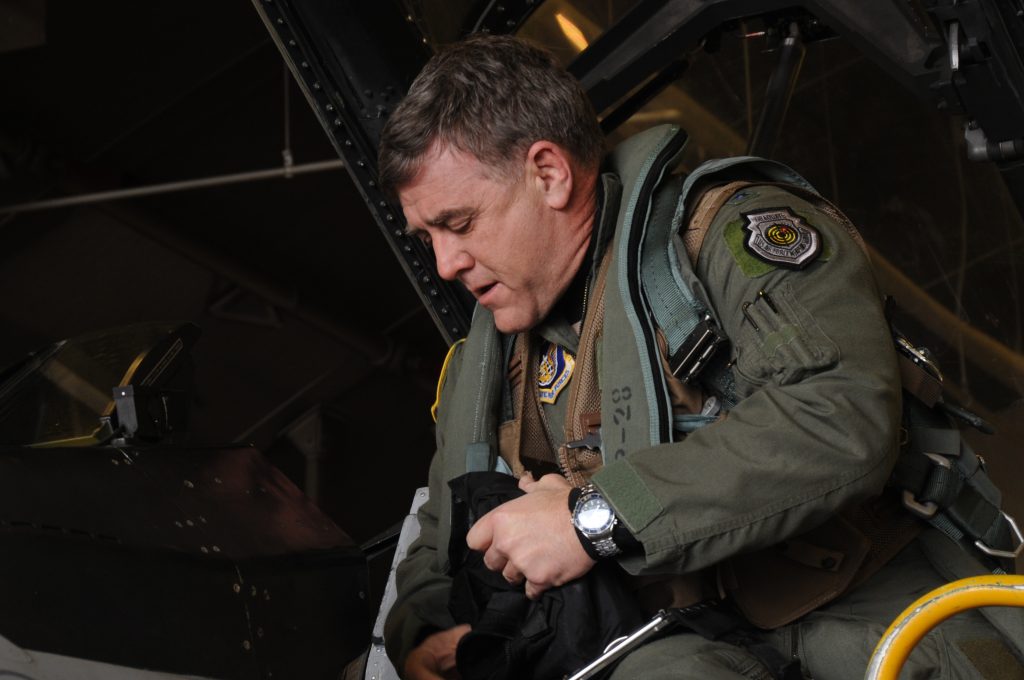
1. Provide a Platform for DAF Leaders
Field was first exposed to AFA while he was discerning what career path to take after graduating high school. Although his dad was a fighter pilot in both the Korean and Vietnam Wars, he never considered joining the Air Force to follow in his father’s contrails. That is, until the day he saw his dad’s latest issue of AFA’s Air Force Magazine (now Air & Space Forces Magazine) on the living room table. A picture of an F-15 was face-up, and Field thought: “That’s not going to be boring. I think I want to do that.”
Field graduated from the Air Force Academy in 1979 and attended pilot training in 1981. Over the course of his 33 years in uniform, he held various command assignments at the squadron level, the Air Force Weapons School, three wings, a numbered Air Force, and a sub-unified command. His last assignment was at the Pentagon as the Air Force’s A3/5, formulating policies on air, space, and cyber operations.
When he reflects on his time in the Pentagon, Field said he saw AFA’s programs—like its two main conferences, Air & Space Forces Magazine, and the Mitchell Institute for Aerospace Studies—as priceless resources for amplifying the mission and operations at Air Force Headquarters. Just like his father’s magazine lured him into the world of air and space power, Field said its AFA’s mission to be a voice for the services and keep the public informed.
“I think one of the greatest things that Air & Space Forces Magazine provides, and the Mitchell Institute provides, is a way to help Air and Space Force leaders reach a much broader audience than they could reach individually,” said Field. “There are too many people who don’t see what all the leadership out here in the D.C. area are trying to do for them. It just never gets transmitted down. AFA provides a broader platform for senior leaders to communicate what’s most important. Not just in the Air Force, not just in the Space Force, but across America.”
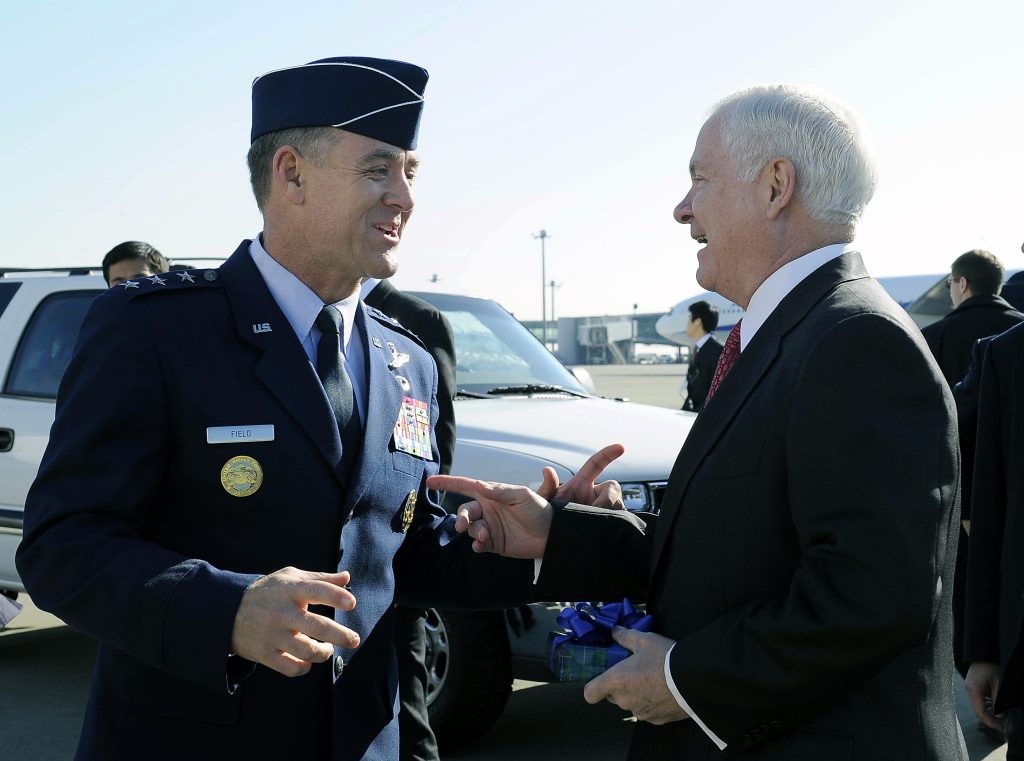
2. Capitalize on Space, Education, and the Future Fight
Field had an ulterior motive for wanting to fly fighters and go to test pilot school—he’d heard that was the quickest way to get into NASA and become an astronaut. But, after falling in love with fighter jets, Field never made it higher in the atmosphere than 65,000 feet. Still, that passion for space has never gone away—in fact, he said, it’s served as a guiding light throughout his entire career.
“Inside my graduate ring from the Air Force Academy is the test pilot school motto, ‘Ad inexplorata.’ ‘Toward the unexplored,’ ‘towards the unknown,’” Field said. “I still have that same passion for what space will bring to humans in the future. It’s probably unimaginable at this time, but we’re on the ground floor of that future.”
As for how AFA can impact the future fight of both the Space Force and Air Force, Field said he’s looking forward to helping AFA expand its education programs. The Doolittle Leadership Center is providing cadets, enlisted Airmen and Guardians, and officers with new leadership skills, while AFA’s two renowned STEM programs—CyberPatriot and StellarXplorers—are inspiring our nation’s youth to pursue futures in STEM, cybersecurity, and space technology.
“AFA’s STEM programs are extremely attractive to me because I think our country needs to focus way more on our youth and getting them involved in science and technology if our nation is going to stay at the same level of leadership we are at now in the future,” Field said.
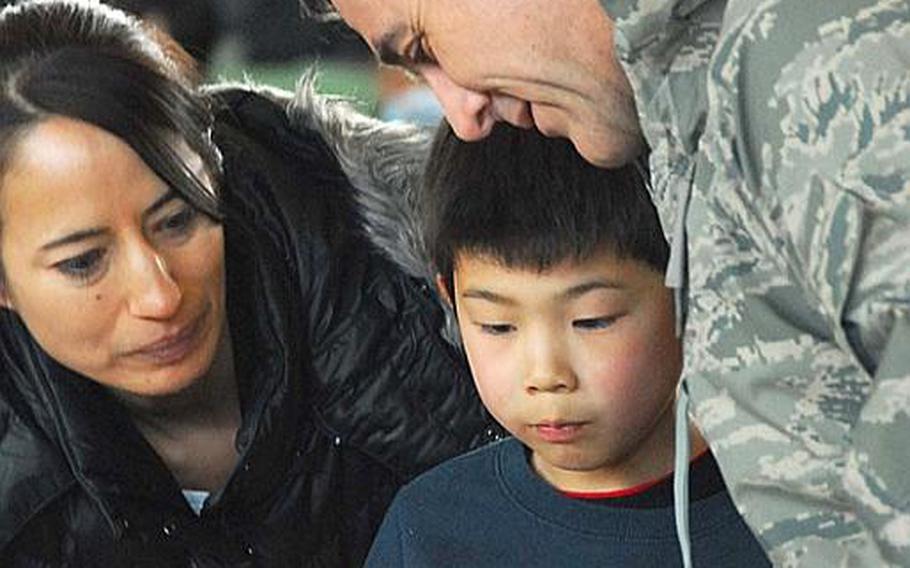
3. Support the Entire Military Family
Both Field and his wife, Lisa, were Air Force brats. They have two sons, both Air Force officers themselves. His oldest son is a maintenance officer, and his youngest son and his wife are both C-130 pilots. So, the Fields are well acquainted with the life and struggles of military family life—challenges that Field is keen to address at AFA.
Dual-income families in the Air and Space Forces are of special importance to Field. His mother worked for the last few years of his dad’s service. His wife, Lisa, worked for the first 10 years of his Air Force career. He estimates that he spent four whole years away from Lisa during his service, leaving her with “the hard job” of caring for their children.
“When you’re married to somebody in the military and they go off for a year to a remote assignment, six months on some deployment, or three weeks on a TDY, it’s hard for the person left behind,” he said. “You not only have to balance your home life and your children, but when you do that with a professional, it’s exponentially harder, especially with your spouse deployed to execute the military mission.”
With the seismic shift in military families over the last decades, Field said the Department of the Air Force needs help in retaining families and easing their burdens. That’s where AFA can step in to support families as they transition, move, and grow throughout their career, Field said.
Looking ahead, Field said AFA’s members can expect his personal passions and drive to directly align with AFA’s mission to Advocate, Educate, and Support.
“We are at a pivotal time in our history. There are a lot of things going on in this world, and a lot of them are not good. And we need to be prepared so that it doesn’t get worse,” Field said. “I think every member of the Air & Space Forces Association can be a part of that team. We can bring this passion to help our Air Force, to help our Space Force, to help our Guardians, and to help our Airmen in the future. That’s what I hope to do here at the Air & Space Forces Association.”
